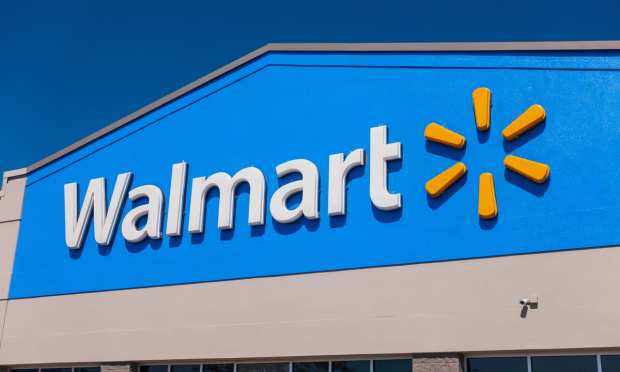Walmart’s Post-McDonald’s Future To Include Tacos, Pizza, Salads And Non-Food Tenants

For the past few years — but especially the last one — McDonald’s has been increasing its reliance on drive-thrus and decreasing its investment in places like its in-store Walmart locations that didn’t allow for that.
In fact, last July — and again in its 2020 annual federal filings three months ago — McDonald’s made clear that it “expects to close roughly 325 restaurants in 2021; a majority of which are lower sales volume McDonald’s in Walmart locations.”
For most landlords, the loss of a big corporate tenant would be devastating, but then again, Walmart is not like most other landlords. Given that it has over 5,300 U.S. locations and more than 11,000 stores globally, in-store tenant turnover is a fact of life for the retailer’s massive real estate division, which itself has over 500 land and property listings on its site.
If anything is remarkable about this big-name breakup, it’s that the 30-year run of McDonald’s-in-a-Walmart didn’t happen sooner, but then again, what other retailer can claim to attract nearly 40 million visitors per day either?
And so it is amidst that backdrop that Walmart will say adieu to McD’s (and some Subways franchises too) and make way for a future without the Golden Arches but with tacos, pizzas, salads, smoothies, ghost kitchens, takeout and more.
“We’re definitely looking to bring in new and exciting brands,” Walmart spokesperson Avani Dudhia told trade publication Supermarket News. “These [new types of food and restaurants] are all things that our customers are looking for.”
What Customers Want, What Walmart Wants
With 90 percent of Americans living within 10 miles of a Walmart, it’s fair to say that the food desires of Walmart’s customers are generally in line with the food and eating trends of the country. By that measure, both company and customer are not just looking for cuisine, they are also looking for convenience.
From Walmart’s view, anything that will bring or keep people in its 3,500 domestic super centers is a plus, whereas anything that detracts from its raison d’etre and core beliefs is not welcomed. Not every tenant gets the green light and some, like Domino’s, had to work hard to convince the retailer that selling fresh pizzas would not hinder Walmart’s sale of frozen pizzas before it would proceed. Domino’s was able to do so and now has about 30 in-store locations.
While Walmart’s no-drive-thru reality works well for a pickup and delivery-based business model like Domino’s, it is clearly not right for everyone. At the same time, because of its sheer scale and scope, the retailer tends to undertake changes on a limited or regional basis depending on the particular desires of its host communities.
That said, the turnover of in-store food service outlets “gives [Walmart] the opportunity to look at local communities and ensure that our customers are getting new and exciting experiences that they may not be getting otherwise,” Dudhia pointed out.
Constant Change
Walmart itself is constantly undergoing change and adaptation and is currently in the early stages of a major multi-year digital expansion designed to increase foot traffic, spending and visits through greater buy online, pickup in-store (BOPIS); curbside pickup and delivery; and healthcare services. At the same time, Walmart is also moving to add more banking and financial services to its website and stores, which are often the biggest and busiest business in small towns.
While McDonald’s and some Subway owners are moving in a different direction, Walmart has been able to sign on new Taco Bell’s and will also soon see the rollout of Ghost Kitchens at a few dozen locations.
In other cases, Walmart said, the best use of space for a food-service vacancy is not a restaurant at all, and the company has begun to sign in-store lease agreements with other non-food businesses including hair care salons and tool rental companies.